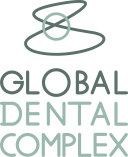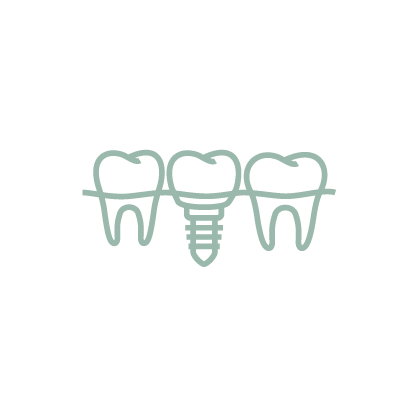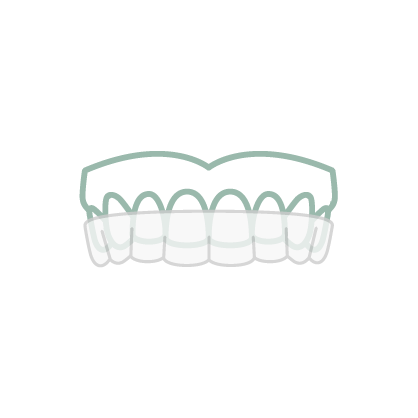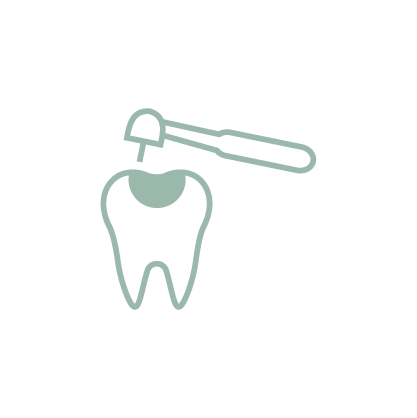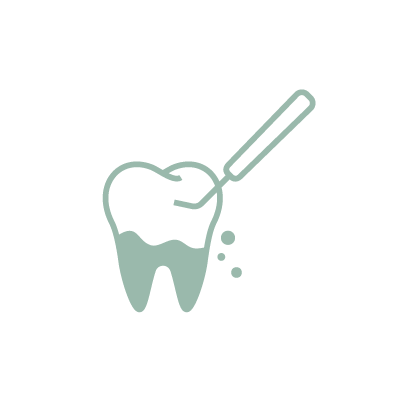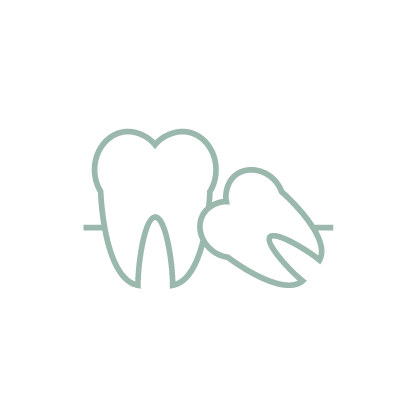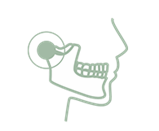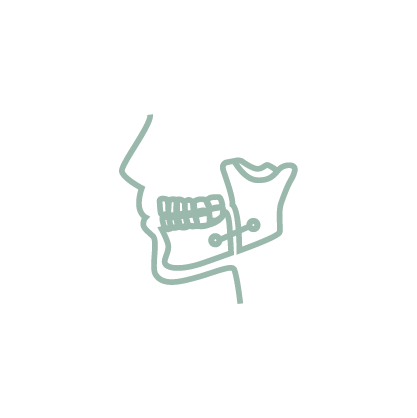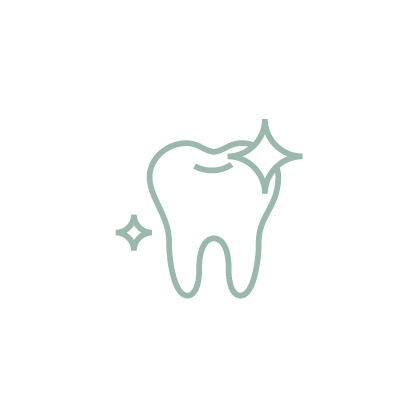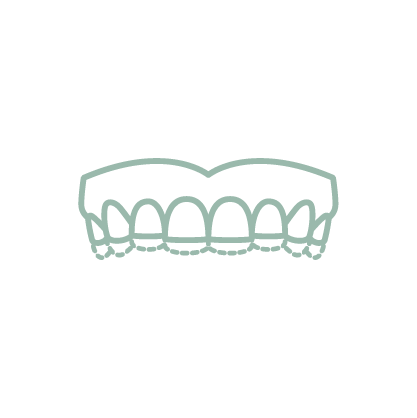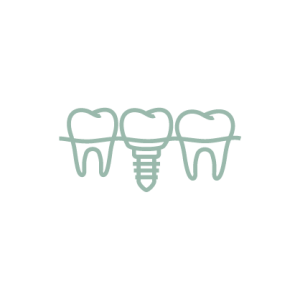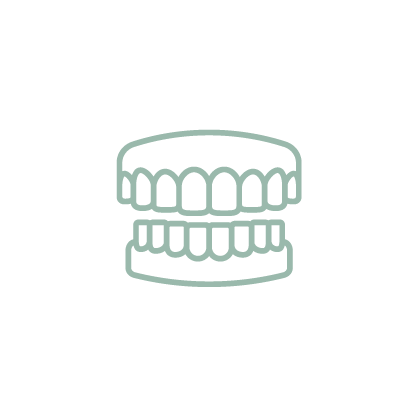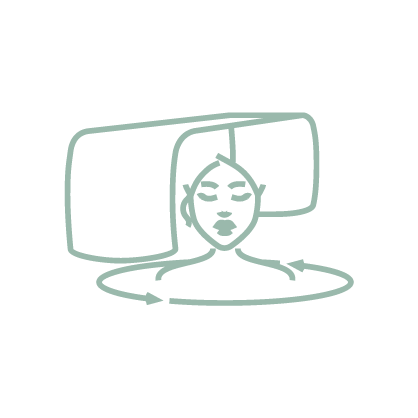What is Orthodontics in kids?
Orthodontics in kids (also known as Early or Interceptive Orthodontic Treatment) is an approach to manage growth of jaw and correct developmental occlusion problems which typically begins around eight or nine years old. This interceptive orthodontic treatment phase starts around 8-9 years old spans over a period of 6-12 months.
The goal of early treatment is to correct the growth of the jaw bone and certain bite problems, such as underbite. Early treatment also helps to make room for permanent teeth to come in properly, and lessen the odds of extractions for crowded teeth in the future.
All baby teeth will be gone at the age around 12 years old. At this age, jaw bones will be solid and stop growing. Therefore, Orthodontic treatment for adults often spends more time and cannot modify growth pattern of the jaw. As a result, teeth extraction or jaw surgery might be needed. With the ability to modify the jaw growth pattern while kids’ jaws are still developing, interceptive orthodontics can correct upper and lower jaw relationship without possible extensive jaw surgery in the future. To get the Interceptive orthodontics treatment helps to reduce the need or degree of difficulty for orthodontic treatment in adult.
What are the benefits of interceptive orthodontic treatment?
- Proper growth of dentition and jaws.
- Correct eruption and growth of permanent teeth.
- Reduced chances of extensive and expensive orthodontic treatments such as jaw surgery in later years.
- Reduce risk of speech problems.
- Reduced chances of bruxing or grinding of teeth and other oral health issues such as cavities, tooth decay and periodontal diseases.
What are the problems that your kids need early orthodontic treatment?
- Early or late loss of baby teeth (your kid should typically start losing baby teeth around six years old, and will have all permanent teeth around 12 years old)
- Difficulty chewing
- Mouth breathing
- Sucking his or her thumb after age five
- Speech problems
- Protruding teeth (the upper and lower anterior teeth extend away from each other)
- Teeth that don’t come together in a normal manner or even at all
- Anterior or posterior crossbite, as they can cause asymmetric jaw growth.
- Crowded front teeth around 7-8 years old.
- Underbites and overbites.
Types of Interceptive Orthodontics
- Expansion of the upper jaw to eliminate a crossbite
- Expansion of one or both jaws to create space for overly crowded teeth
- Early removal of specific baby teeth to facilitate the proper eruption of permanent teeth
- Maintaining space for permanent teeth after the premature loss of a baby tooth
- Reducing the protrusion of upper incisors to decrease the likelihood of fracture from trauma
The phase one or interceptive orthodontic treatment is followed by a resting period where the teeth are left alone to erupt naturally. A successful phase one treatment will have created proper room for permanent teeth to find their eruption path. This resting period is then followed by the second stage of treatment or phase two which will be done after all permanent teeth are fully erupted (around 12 years old).
Visit the best orthodontists in Bangkok at Global Dental Complex for interceptive orthodontic treatment.
